#IR46: How Iran became global leader in drones, missiles and air defense systems
By Ivan Kesic
This week marks the 46th anniversary of the Islamic Revolution, a turning point that laid the foundation for Iran’s self-reliance across various fields, including in the military sphere.
Since 1979, when the West-backed Pahlavi dictatorship was overthrown and the Islamic Republic was established, Iran has steadily risen as a formidable global military power.
Today, despite decades of crippling sanctions and relentless foreign pressure, Iran stands among the world’s leaders in drone, missile, and air defense technology.
The country’s vast arsenal of advanced missiles and drones not only serves as a deterrent against enemy aggression but also stands ready to deliver punishing blows to rogue regimes, such as the one in Tel Aviv that continues to provoke the Islamic Republic.
Iran’s missile preeminence was on full display during True Promise I and II, when hundreds of precision-guided missiles rained down on occupied territories, overwhelming Zionist air defense systems and showcasing Iran’s ability to strike with deadly accuracy.
How it all started
Before the Islamic Revolution, under the US-backed Pahlavi regime, Iran was exclusively an importer of Western weaponry, completely dependent on foreign military suppliers.
Despite its regional importance and vast resources, Iran’s military was built on a foundation of foreign tanks, aircraft, helicopters, and weapon systems, primarily imported from the United States and the United Kingdom.
This reliance created a dangerous technological dependency, leaving the country vulnerable.
The situation was no different when it came to drones, missiles, and air defense systems – the very fields in which today’s Iran is a global leader, better than most in the West.
Before 1979, Iran had no indigenous UAV program, relied on imported surface-to-air missiles (SAMs) and air-to-air missiles (AAMs), and only possessed short- and medium-range air defense systems.
Among its limited inventory were the US Beechcraft MQM-107 Streaker target drone, the RIM-66 Standard SAM, the AIM-54 Phoenix AAM, and air defense systems such as the British Rapier and US MIM-23 Hawk – all Western imports that could not be sustained without foreign support.
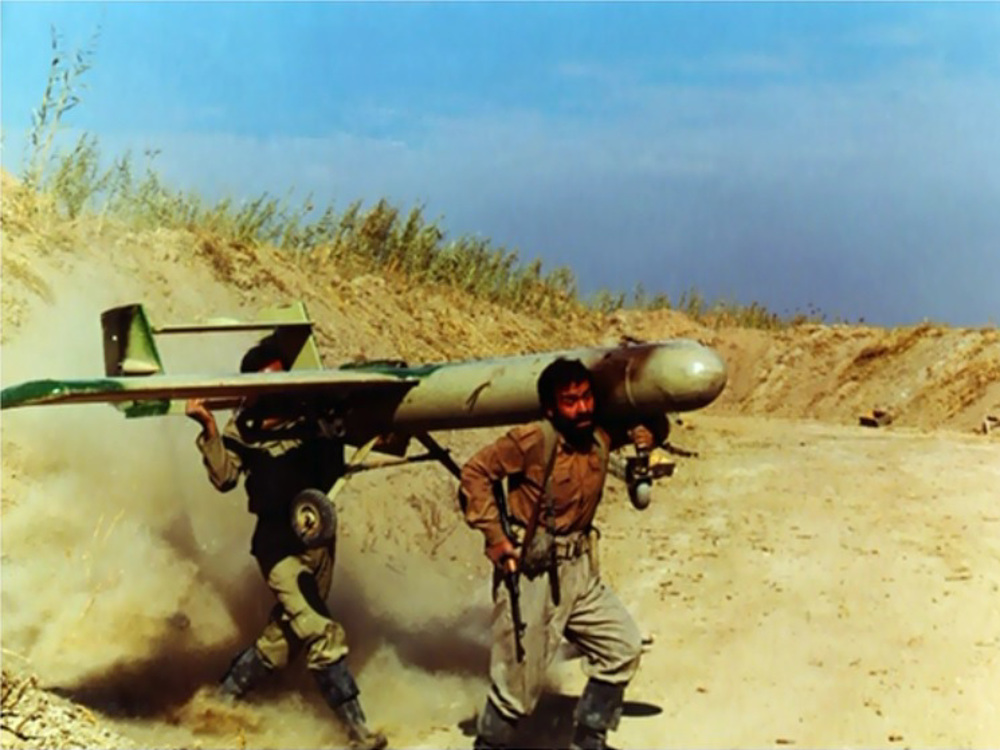
The road to innovation
The imposed war on Iran during the 1980s, immediately after the Islamic Revolution, exposed the true weakness of Iran’s military under the old import-dependent system.
Baathist Iraq, backed by the US and other Western powers, waged a brutal war against Iran, forcing Tehran to confront the stark reality of military self-sufficiency or more aggression.
As the war raged on, Iran’s Western-made military hardware became useless, as embargoes prevented access to spare parts. Seeking alternatives from the Soviet Union or Eastern Bloc was not an option either, as Moscow favored Baghdad at the time.
With no choice but to adapt and innovate, Iran embarked on an ambitious journey of military self-reliance. It began developing its own weapons – either through independent research or with limited assistance from a few independent nations.
At that critical moment, Iran’s greatest military needs were surface-to-surface missiles (SSMs) for striking distant enemy targets and reconnaissance platforms to conduct surveillance without risking high-value aircraft.
From those desperate circumstances, Iran’s modern military complex was born – a force that, 46 years later, stands as one of the most advanced in the region.
In the mid-1980s, Iran took its first steps toward military self-reliance with the founding of Qods Aviation Industry Company in Tehran and HESA (Iran Aircraft Manufacturing Industrial Company) in Isfahan.
These two firms became the backbone of Iran’s nascent drone industry, developing early UAVs like the Mohajer reconnaissance drone, the Talash training drone, and the Ababil attack drone.
These drones, though basic, were game-changers. The Mohajer alone conducted hundreds of missions, capturing over 50,000 reconnaissance images, and even made history as Iran’s first combat drone, armed with RPG rockets for aerial attacks.
Parallel to its UAV advancements, Iran kick-started its ballistic missile program by importing older missile models from friendly nations and reverse-engineering them.
By the final years of the imposed war, Iran had developed and deployed the Oghab and Nazeat missiles—short-range tactical ballistic weapons powered by solid fuel, with ranges of 45 km and 100 km, respectively.
Despite the devastating war, Iran’s resilience pushed back the aggressor, proving that a domestically built military was not just an aspiration but a necessity.
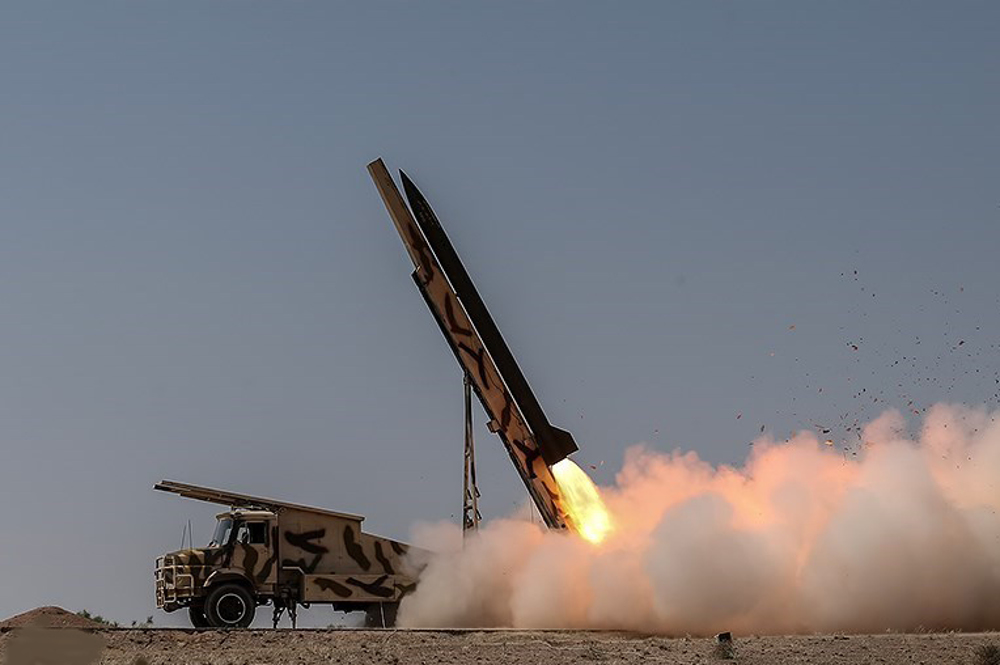
Exponential growth in the face of hostility
The post-war period brought new threats to the Islamic Republic, primarily from the United States, then the world’s uncontested superpower, and its other vassal states.
Determined to protect itself, Iran embraced a strategy of asymmetric warfare, prioritizing mass-produced, cost-effective systems over complex, resource-intensive weapons like warships and jet fighters.
The focus shifted to ballistic and cruise missiles, drones, anti-ship weapons, and a multi-layered air defense system. While Iran’s missile technology was still in its infancy, the 1990s saw the country acquire more advanced systems from China, North Korea, and Russia, using them as a foundation for domestic innovations.
Based on available equipment, at the end of the last century Iran developed first models of the Shahab ballistic missiles series and the Zelzal heavy rocket artillery series, reaching several hundred kilometers.
By the late 1990s, Iran also produced Shahab-3, its first medium-range ballistic missile (2,000 km), putting virtually all hostile foreign military bases in the region within its range.
The same decade also witnessed new drone models, the Mohajer-2 and Ababil-2, with improved flight-control system, range and maneuverability characteristics.
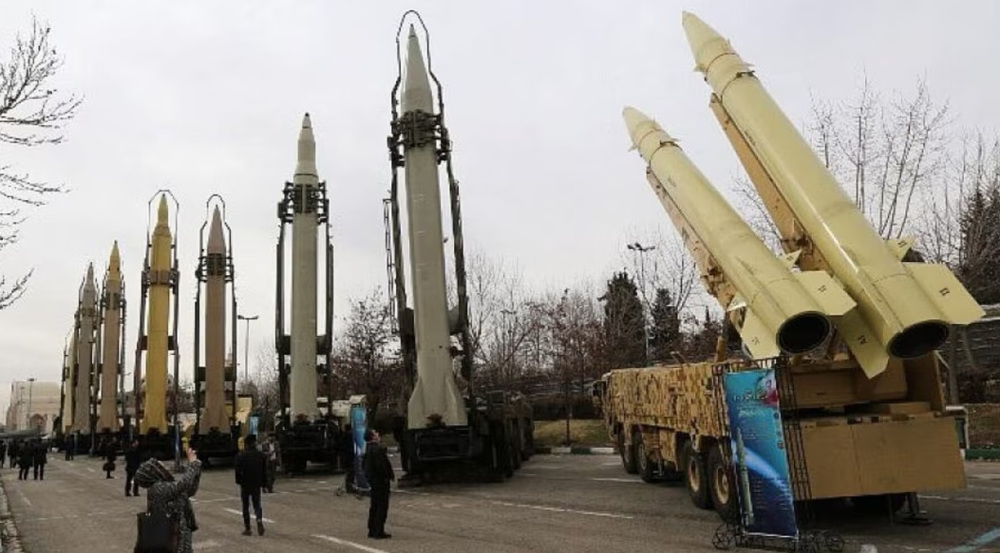
Switch toward ballistic missiles
The beginning of the new century saw a significant increase in new weapons systems, first of all ballistic missiles, which was championed by a team of experts led by Hassan Tehrani Moqaddam, who is recognized as the "father of Iran's missile program."
The role of this ce lebrated engineer and manager from the Islamic Revolution Guards Corps (IRGC) for the Iranian rocket program is comparable to Wernher von Braun for the German and American, or to Sergei Korolev for the Soviet rocket program.
Tragically, Moqaddam was martyred in 2011, along with 16 of his comrades, in an explosion at the Amir al-Mu’minin garrison. However, his legacy endured through the highly trained missile engineers he left behind, who continued expanding Iran’s arsenal.
Although the Shahab-3 missile was an adequate deterrent, it was large and unwieldy to transport. It took a long time to fill with liquid fuel, and its circular error probability (CEP) was high and suitable for targeting large enemy bases.
It was also relatively expensive and produced in limited quantities of a few hundred pieces, disproportionately in a potential conflict against an enemy with larger aviation.
Therefore, subsequent medium-range ballistic missiles (MRBM) such as the Ghadr-110, Fajr-3, Ashura and Sajjil, introduced in the second half of the 2000s, brought significant improvements in solid propellant propulsion, shorter preparation and accuracy.
These were still large and expensive systems and their shortcomings were compensated during the 2010s, when new variants based on the Fateh-110, a short-range solid-fuel missile with an initial range of only 200 to 300 km, entered operational service.
These new variants based on Fateh-110 increased the range over time – Fateh-313 to 500 km, Zolfaghar to 700 km, Dezful to 1,000 km, and finally Kheibar Shekan to 1,450 km.
Their range approximately equaled that of older generations of MRBMs, and are also more precise, more mobile for transport, faster and simpler to launch, more maneuverable and harder to shoot down for enemy air defense systems.
In addition, they are easier to produce on a mass scale and can be assembled in huge numbers, as Iran has already confirmed by showing footage of vast missile arsenal from underground bases.

Iran among world's top military powers
By the 2010s, foreign military analysts ranked Iran among the seven most technologically advanced nations in the world in missile technology and among the top four in terms of ballistic arsenal size.
Despite continuous US sanctions and international pressure, Iran persistently developed its weapons programs. Washington’s attempts to block Iran’s access to advanced defense systems, such as pressuring Russia not to deliver S-300 air defense systems, Germany to halt exports of lightweight drone motors, and China to stop missile component sales, all ended in failure.
The country responded by developing its own components, furthering its self-reliance and resilience against illegal sanctions.
Each of these and a number of other similar attempts ended in failure as Iran always turned to developing the necessary components, strengthening self-sufficiency and resistance to sanctions.
Of the long-range anti-ship missiles, Iran has developed Qader, Ghadir and Ya Ali, as well as cruise missiles Meshkat, Soumar, Abu Mahdi, Paveh, Hoveyzeh and Qadr-474, ranging up to 3,000 km.
Iran is also among the world's top in these capabilities, as well as in long-range loitering munitions such as the Shahed and Arash, which cover a range of 2,500 km.
All of these capabilities have been further strengthened in recent years with the introduction of Fattah hypersonic missiles, turbojet-powered loitering munitions, and supersonic cruise missiles.
Iranian combat drones, such as Fotros, Kaman-22, Mohajer-10, Shahed-129, Shahed-149 Gaza, equipped with various types of weaponry, have a similar range to these missiles and loitering munitions.
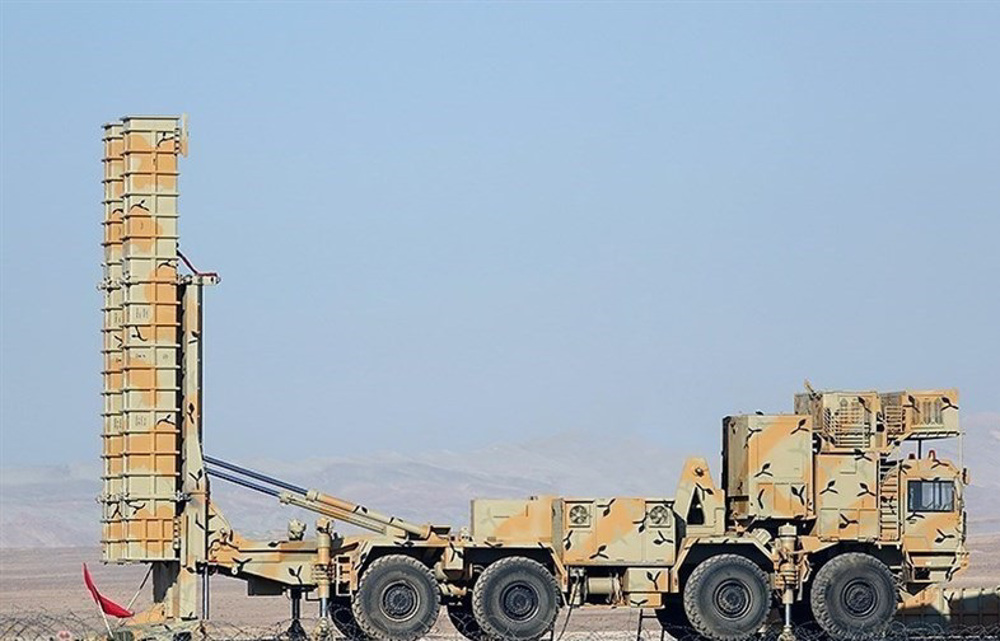
Mastering air defense and electronic warfare
Recognizing the need for strong air defense, Iran also developed a robust network of radars and missile systems that has repeatedly thwarted US and Israeli incursions into Iranian airspace.
Early efforts included the Mersad system, built on older technology. However, by the 2010s, Iran introduced a new generation of sophisticated air defense systems -- Raad-2, Tabas, 3 Khordad, Joshan, and Kamin-2 -- all domestically developed.
Iran’s long-range air defense systems, Bavar-373 and Arman, now rival some of the world’s best, offering 300 km range and advanced target-tracking capabilities.
These systems are fully integrated with a nationwide network of advanced radars, ensuring complete coverage of Iran’s airspace and surrounding regions.
The country has defied illegal sanctions, embargoes, and international pressure to develop an arsenal of cutting-edge missiles, drones, radars, and air defense systems since the 1979 Islamic Revolution.
With a vast underground missile network, hypersonic capabilities, and a continuously growing drone fleet, Iran has established itself as a leading force in modern warfare, ready to defend its sovereignty against any threat.
Israel trying in vain to cover up blows suffered in Iran war: Top commander
VIDEO | Press TV's news headlines
Manhunt underway in South Africa after nine killed in mass shooting
VIDEO | With crippled tools, civil teams begin recovering bodies in Khan Yunis
Israeli-backed gangs use occupied Gaza zones to target Hamas: Report
VIDEO | Tens of thousands attend funeral of slain Bangladesh student leader
British protestors arrested for chanting ‘globalize the Intifada’
Venezuela slams US ‘theft, hijacking’ of second oil tanker ad tensions escalate


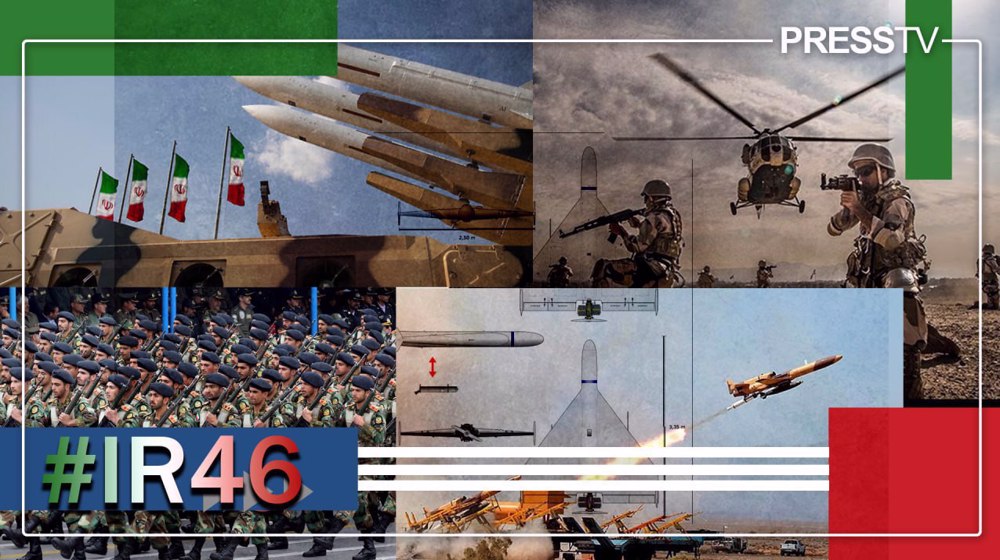
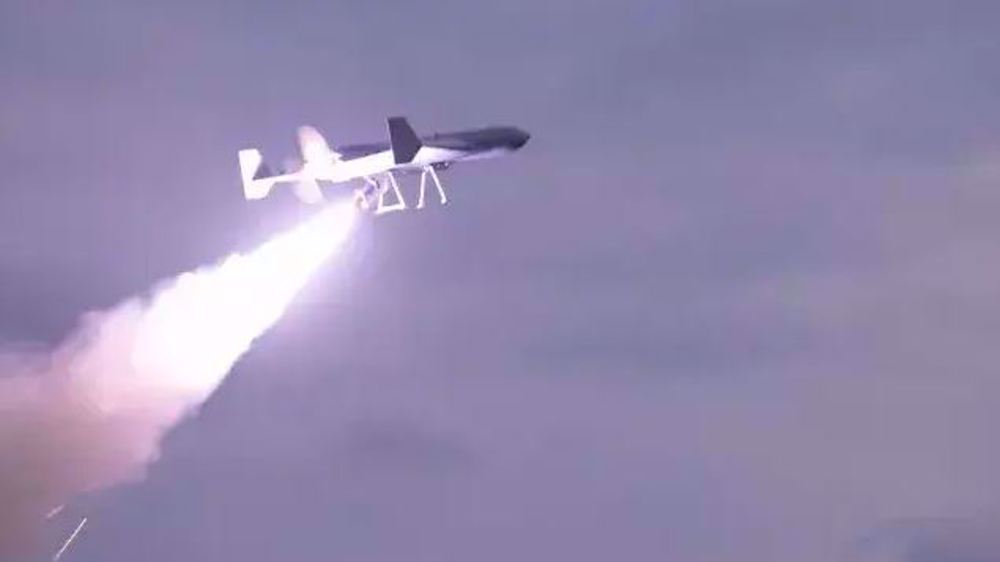
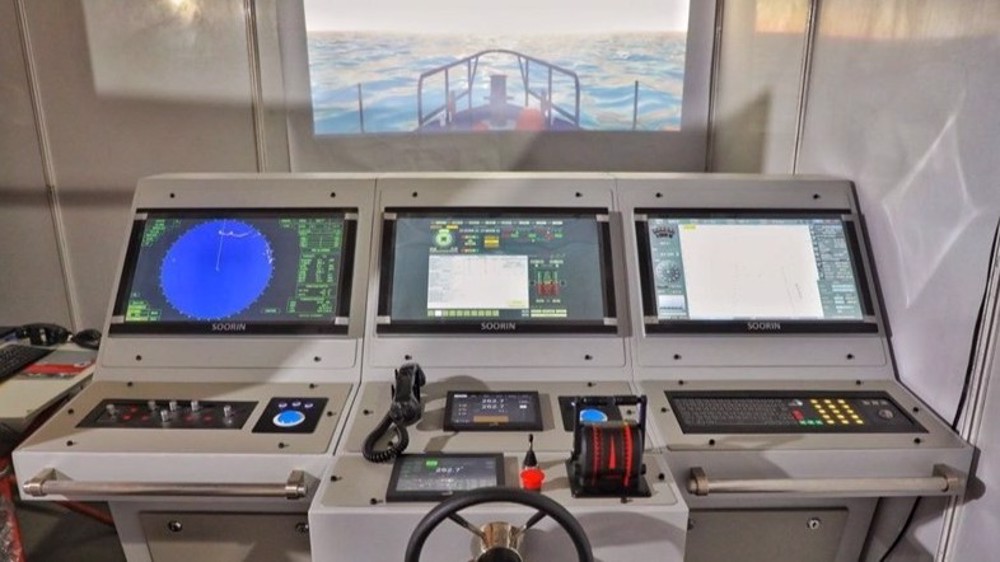
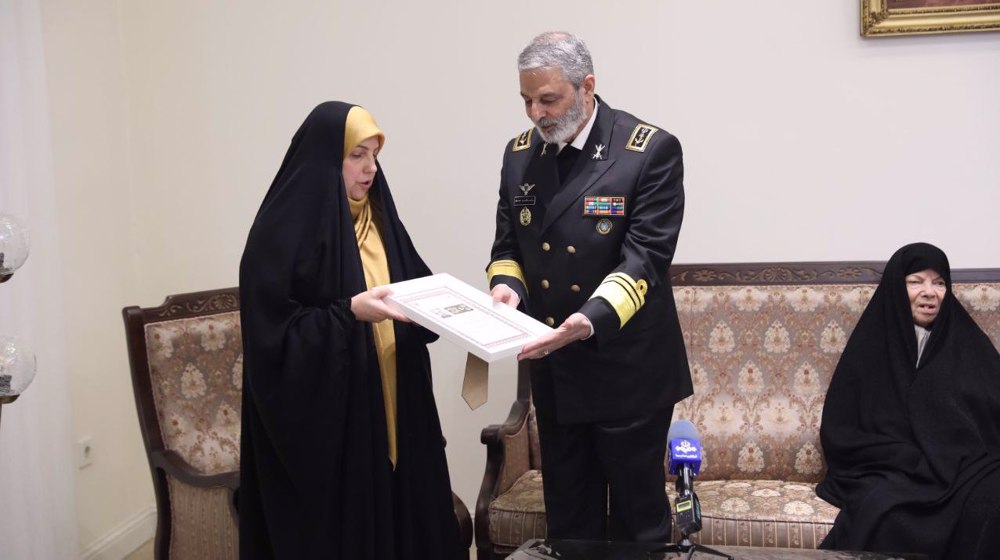



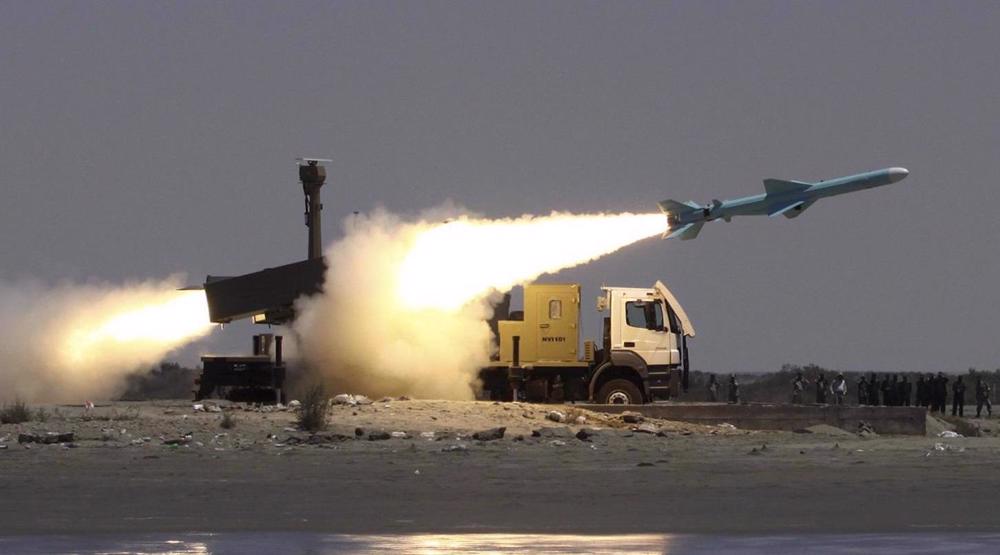
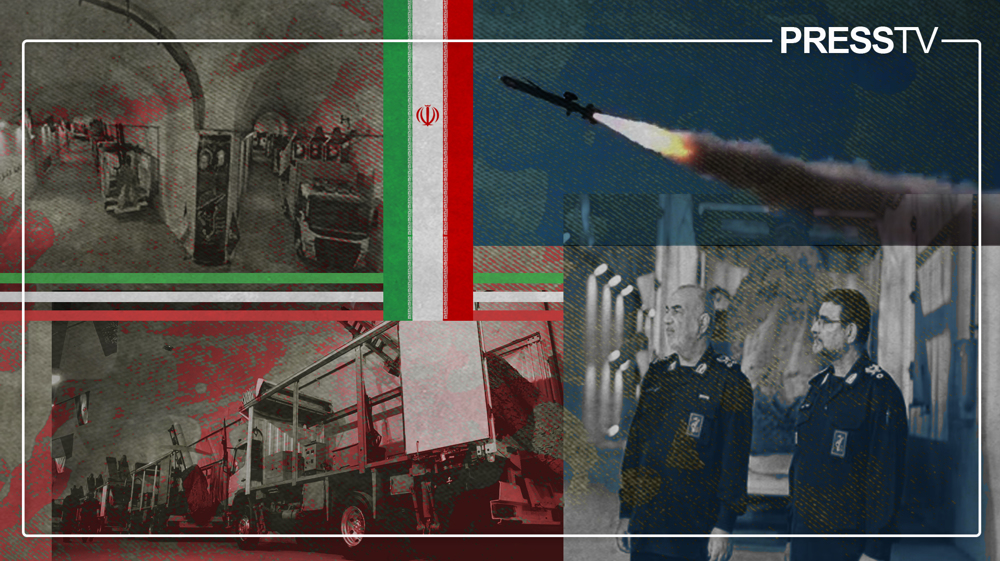
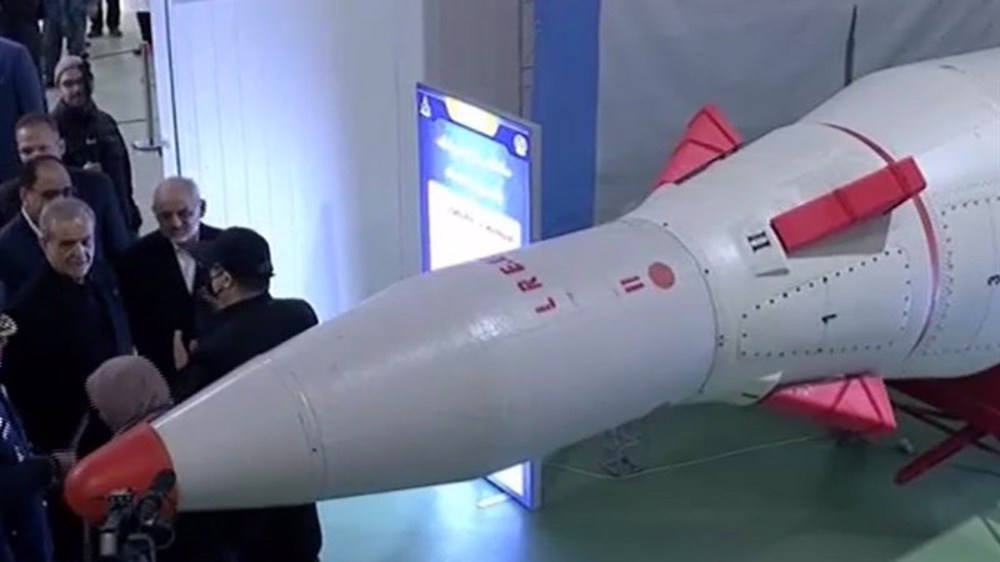
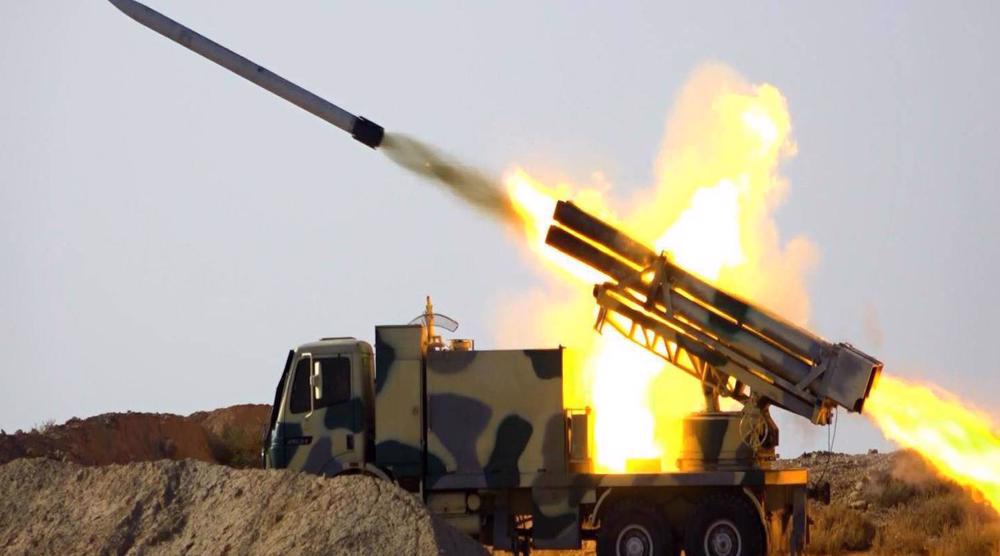


 This makes it easy to access the Press TV website
This makes it easy to access the Press TV website